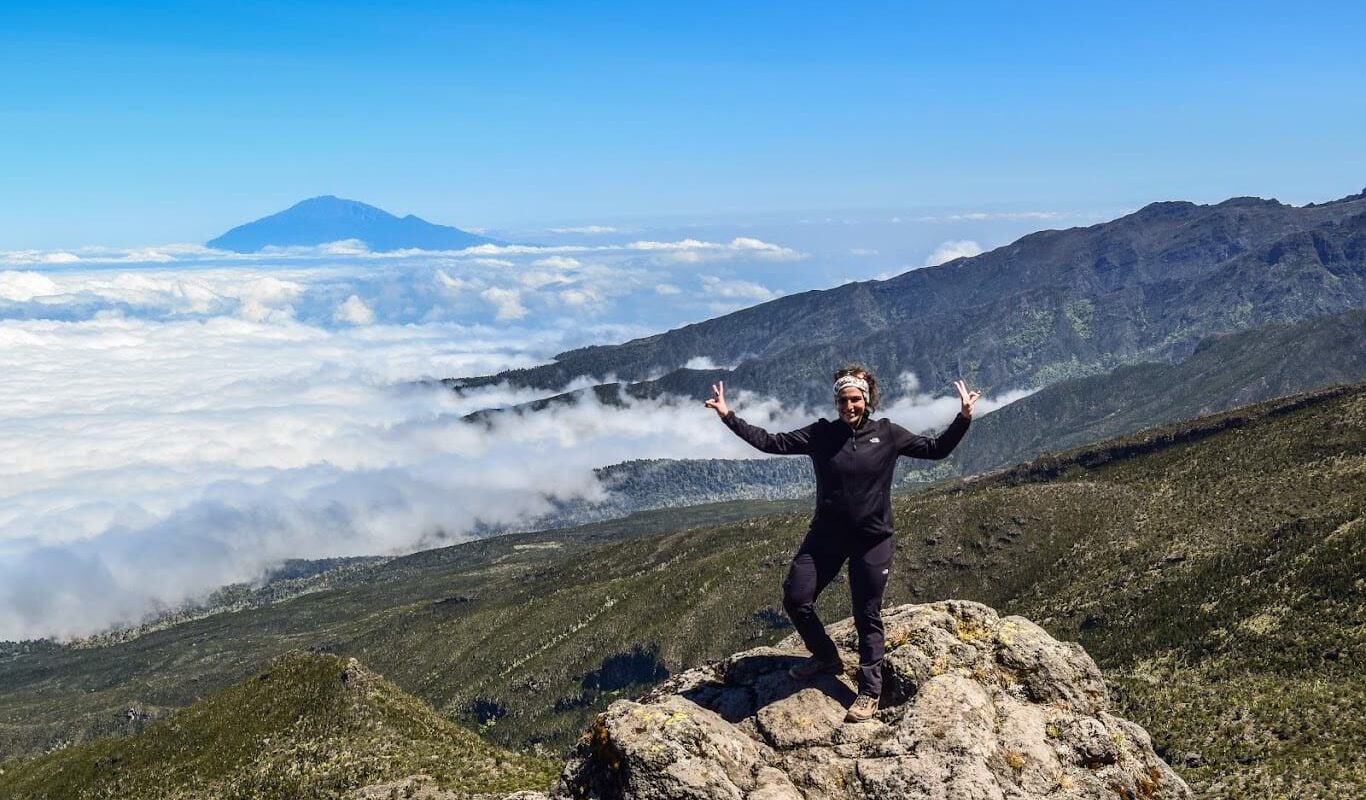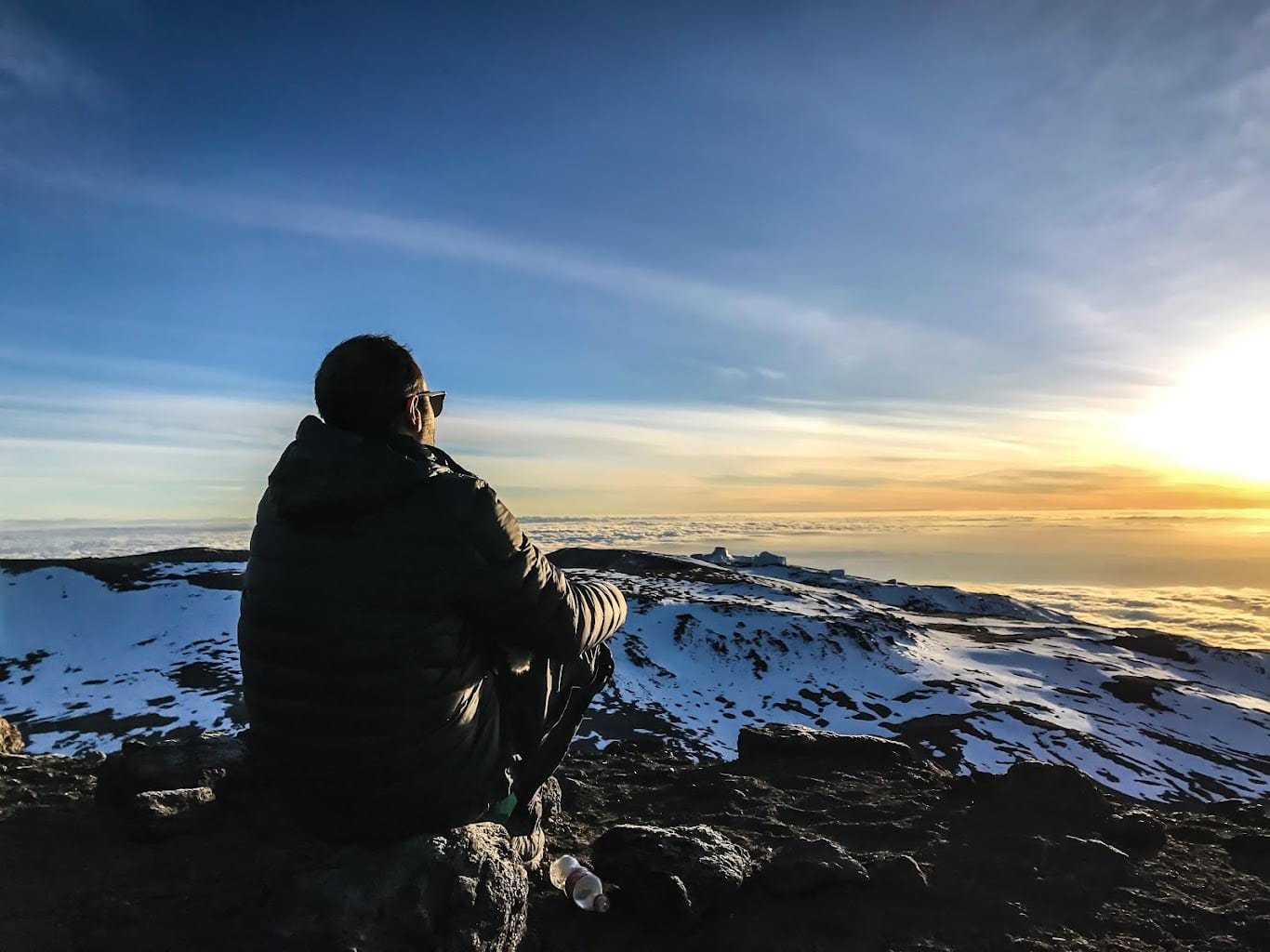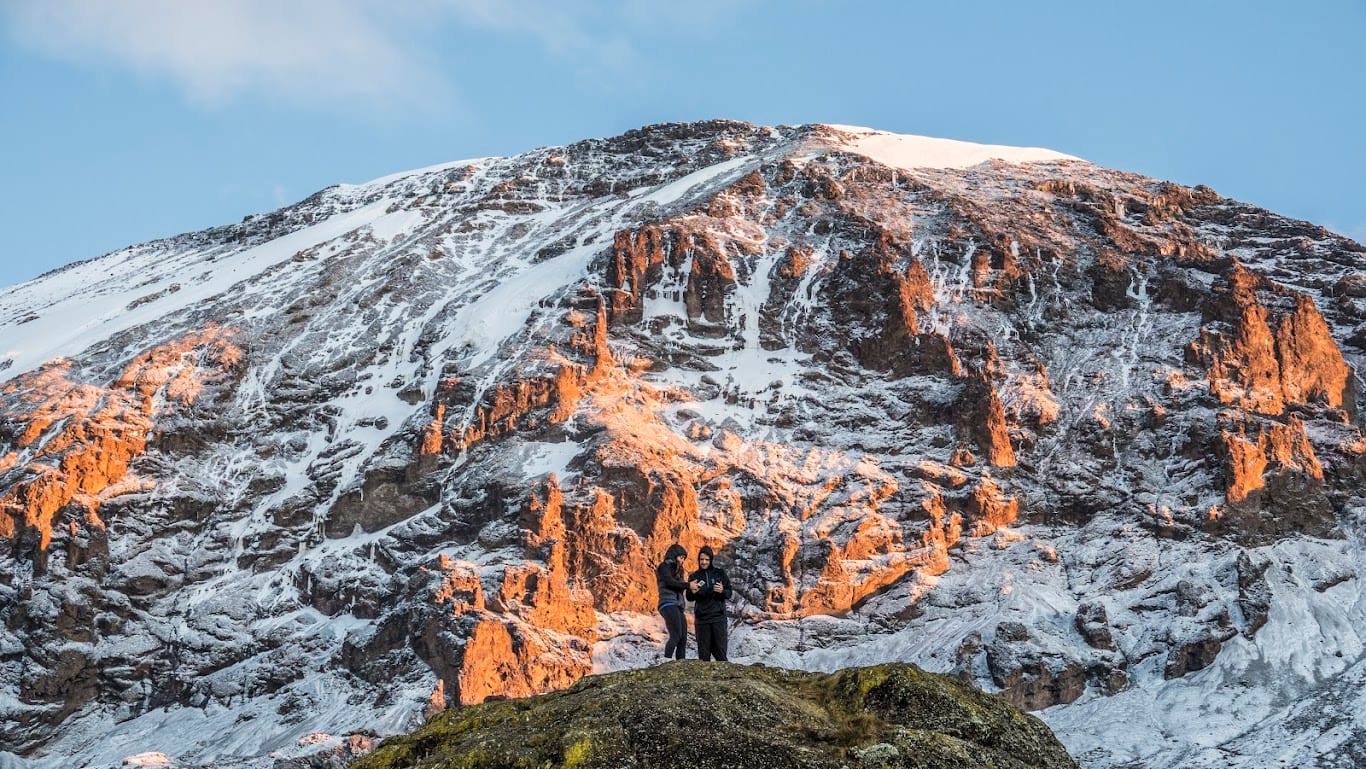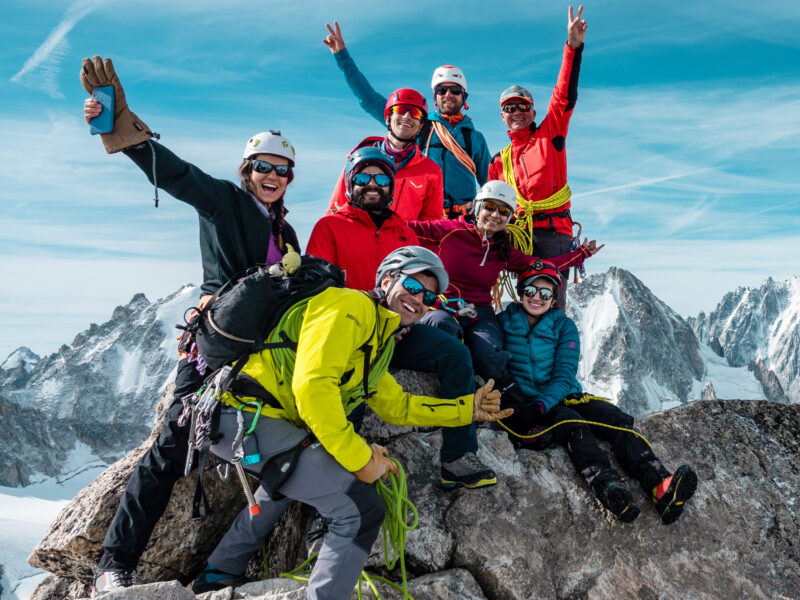BY Rami Rasamny | March 26 2019
5 Tips I Wish I’d Known Before Climbing Kilimanjaro


“Waterproof Isn’t exactly waterproof.”
It’s that period in life when the bucket list starts to pile up and we realize that time is no longer as endless as it felt during middle school biology. And it’s not uncommon to find climbing Kilimanjaro at the top of the list. Standing on the roof of Africa is one of the most incredible experiences of my life and ten summits of Kilimanjaro later, it’s not less incredible. I fully understand why this mountain has the appeal that it does, but like the many who come to climb, I too had no experience and no proper guidance on what to expect from this serious challenge. So, I’ve put together a list of things I wish I had known BEFORE heading to the hill.
1- WATERPROOF DUFFLE BAGS ARE NOT WATERPROOF
It may say waterproof and come with a fancy tag that no one reads explaining how it works, but at the very end of it all, water passes through material once the material is fully saturated. This can be delayed by huge lengths of time but ultimately there is no two ways around this truism. Consequently, if you get rain on Kilimanjaro, and you will, it is very likely that you’ll reach camp to damp clothes, or worse, a wet sleeping bag. The solution is simple. Put all your stuff into plastic garbage bags before putting them in the duffle bag.
2- DIAMOX IS A TREATMENT OF, AND NOT A PREVENTION FOR ALTITUDE SICKNESS
I’ve written extensively on the subject and for good reason. Although historically Diamox was used as a preventative medication for altitude sickness in the same way the malaria pills are meant to keep malaria at bay, this is no longer the case. Altitude sickness is best prevented by walking slowly, eating well and drinking lots of water. Nothing beats natural acclimatization. By pre-medicating, we are preventing our body from naturally adapting and removing a treatment option in the event that it doesn’t. You can’t be given more Diamox if you’re already on it and over medicating is extremely dangerous.
3- EAR PLUGS
Yes, ear plugs. Tents are made out of fabric and just as your bedsheets can’t keep out the noise of your siblings, children, roommates or significant others in the next room additionally separated by a wall, so too, your tent will not keep out the noise of a camp full of climbers, porters, guides and park wardens.

“Heat stroke is the biggest medical challenge on Kilimanjaro. Not altitude sickness.”
You may not like to use them in daily life but you’ll quickly get used to them on the mountain.
4- TREKKING POLES
“I don’t walk with poles” seems to be the most common objection to our insistence on having this most important piece of equipment. Poles are not an indication of physical weakness. Rather they are an indication of intelligence. Because even if you don’t require them to walk under normal circumstances, ankles do twist, knees do buckle, muscles do sprain and poles do carry you when the inevitable occurs. Also, most trekkers and climbers have never gone from 5,895 meters down to 3,000 meters. That is almost 3 vertical kilometers of decent, which we perform in a single day on the way down from the summit. Our knees are not designed to take that kind of impact without assistance. You will damage them without poles. This is not an opinion. It’s a very basic fact. So please take the poles. Two poles.
5- HEAT STROKE IS THE BIGGEST MEDICAL ISSUE ON THE MOUNTAIN
For all the talk about altitude sickness, it is actually heat stoke that is the biggest cause of for concern on Kilimanjaro. It may feel cold at altitude, but when the sun feels like it’s finally warming the day don’t forget that it is indeed the equatorial sun with only thin atmosphere to protect the head from its rays. Heat stroke is absolutely debilitating but prevention is as simple as wearing a sun hat and making sure you’re well hydrated. If the worst does occur it is important to diagnose and treat it correctly. Fatigue and headaches are also symptoms of altitude but the treatment of altitude will exacerbate the sunstroke exponentially because Diamox is a diuretic, the exact opposite of what the body needs to combat heat stroke. Water, sugar and electrolytes are the go to medicine in this case and lots of it! Remember, on Kilimanjaro, treat it as heat stroke first and then work your way down the list of things it could be. If you have diarrhea, a leading symptom of heat stroke: DO NOT TAKE DIAMOX.
About The Author
Rami Rasamny is the founder of Life Happens Outdoors, a premium adventure travel community dedicated to transforming lives through curated outdoor experiences. A mountaineer and entrepreneur, Rami has led teams on some of the world’s most challenging peaks, from the Alps to the Himalayas. His mission is to make adventure accessible, transformative, and safe for all who seek to push their limits and Come Back Different.
About Life Happens Outdoors
At Life Happens Outdoors, we believe in the power of nature to transform lives. As proud members of the Adventure Travel Trade Association (ATTA) and the World Travel & Tourism Council (WTTC), our team of certified guides and outdoor professionals is committed to the highest standards of safety, sustainability, and excellence.
Discover more about our story and mission on our Meet LHO page, or explore our curated adventures such as the Tour du Mont Blanc Trek, the Climb of Kilimanjaro, and Chasing the Northern Lights.














